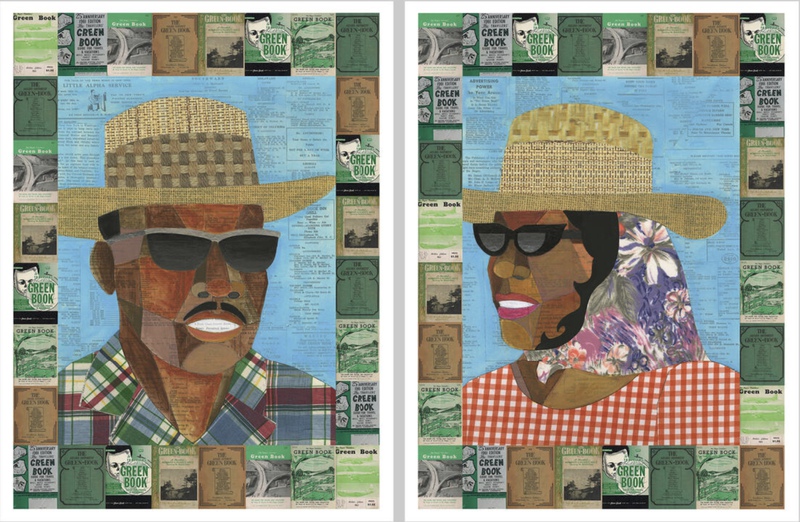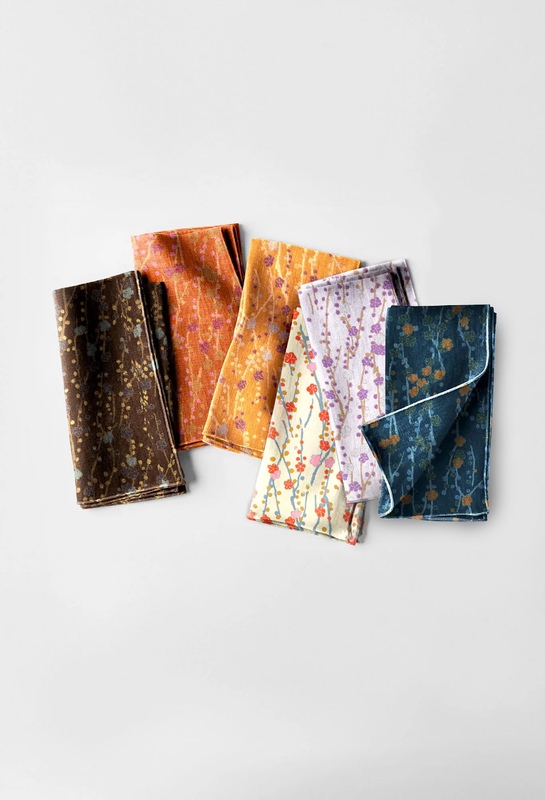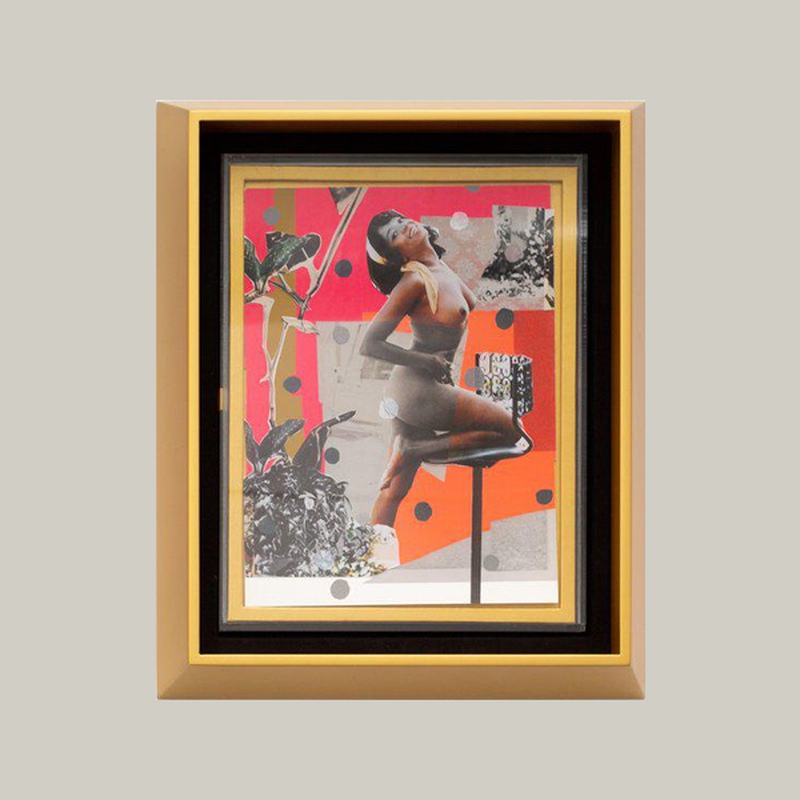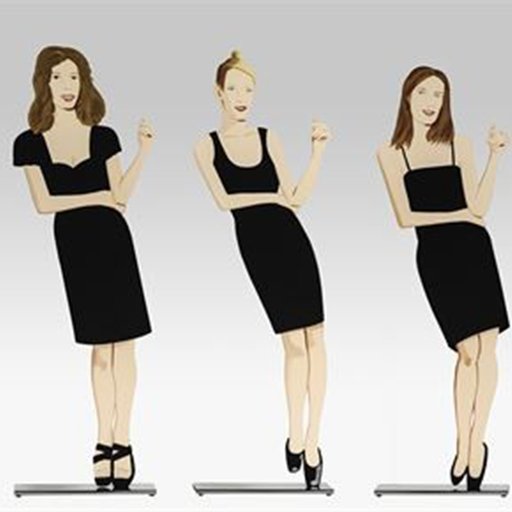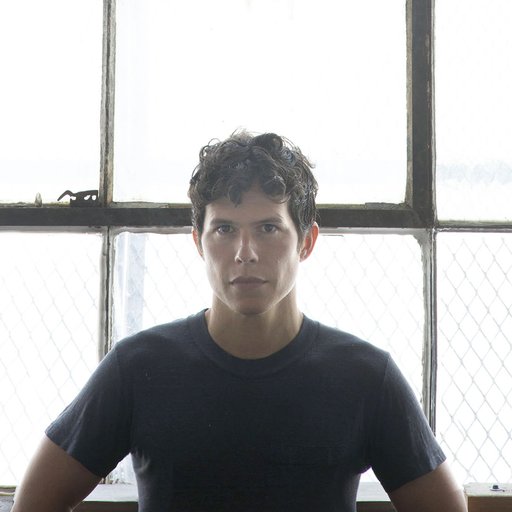"Invest in the work and career of artists who can impact the future of our society," says the French Senagalese artist Delphine Diallo in Phaidon's How To Collect Art book by Magnus Resch. It's a piece of advice that the Deans - Swizz Beatz and Alicia Keys - seem to have taken firmly to heart, building a collection of art that is truly world class.
Giants: Art from the Dean Collection of Swizz Beatz and Alicia Keys celebrates selections from this collection illustrating 100 works by nearly 40 multigenerational Black American, African, and African diasporic artists in the Dean Collection, hand-picked and curated by the Brooklyn Museum for a major exhibition of the same name.
Both book and exhibition bring together these giants of the art world to embody and highlight the Deans’ collecting philosophy: 'by the artist, for the artist, with the people.' Featured artists include Nina Chanel Abney; Radcliffe Bailey; Ernie Barnes; Jean-Michel Basquiat; Jarvis Boyland; Kwame Brathwaite; Jordan Casteel; Hassan Hajjaj; Barkley L. Hendricks; Arthur Jafa; Titus Kaphar; Gordon Parks; Deborah Roberts; Tschabalala Self; Jamel Shabazz; Amy Sherald; Henry Taylor; Hank Willis Thomas; and Lynette Yiadom-Boakye.
The book also features interviews with ten legendary artists – five of whom - Derrick Adams; Nick Cave; Ebony G. Patterson; Mickalene Thomas; and Kehinde Wiley - have work available to buy on Artspace.
Below you’ll find a short, revealing quote or two from each of those interviews, along with a work that's available on Artspace. Click each artwork to go through to the artist’s artist page on Artspace where you’ll see more work by them. Meanwhile, you can buy Giants here.
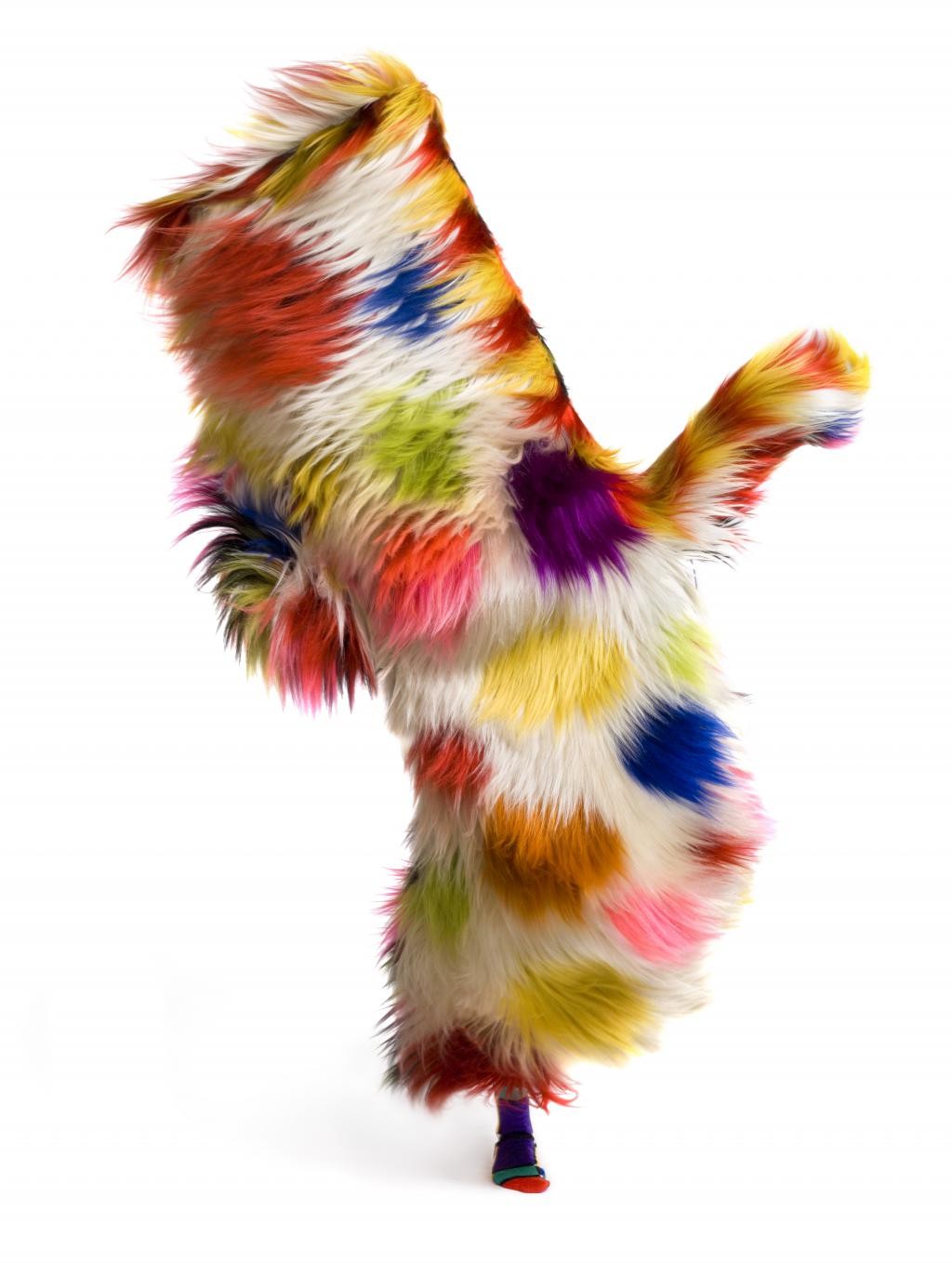 Nick Cave's hybrid creations are part Alexander McQueen, part Andy Warhol, and wholly bizarre, brash, and beautiful. He combines elements of sound, performance, color, and costume to create whimsical works that are hard to resist.
This is what he says about his work in Giants.
Nick Cave's hybrid creations are part Alexander McQueen, part Andy Warhol, and wholly bizarre, brash, and beautiful. He combines elements of sound, performance, color, and costume to create whimsical works that are hard to resist.
This is what he says about his work in Giants.
“There are 2 major roles for art, once it is in the world. To bring people together around subjects they might not gather around without the work as a reason. Then to make change in the world as instigated by the conversations that brought forward.”
“For the most part, I don’t sketch. I work from my gut and respond to the feelings I receive as a work progresses. So I never really know what a finished piece will look like or when it will be done. If I feel it’s ready to take its first breath, that is when I back off.”
Ebony G. Patterson’s multi-layered practice - in sculpture, installation, performance, and video – uses beauty as a tool. She employs opulent, hand-embellished surfaces and brightly colored patterns to seduce the viewer into bearing witness to the violence and social injustices imposed upon the invisible and the voiceless. Her works command the viewer to look past the façade of the fantasies traded in a social media-centric culture – and to acknowledge the realities of those not touched by the glitter and gold. This is what she says about her work in Giants.
“As the work grows I grow, as I grow the work grows. I think my sense of curiosity is clear in my shift in materials or what is in the pictures. There are some artists who wrestle with the same problem for a long time. I’m looking at the problem from different angles. For me the wrestling, or the changing, comes through pausing and also recognising that work has its own language.”
“When people ask me about the work I ask them to tell me what they’re seeing first. We tend to rely on the artist to give us direction, but we are all visual beings. The first language we learn is visual, before we learn how to speak. So it’s a matter of touching back, reconnecting with that initial, primal understanding.”
Derrick Adams explores collage, sculpture, drawing, performance, and video in an attempt to understand the force of popular culture. Focusing on society’s relation to the perception of objects and texts, his work highlights the intersection of art history, music, literature, fashion, and the black experience. Using deconstructivist theories Adams fragments and manipulates surface and structure to reconfigure familiar objects—and the perception of ideas attached to them. This is what he says about his work in Giants.
“I can’t speak for all of society, but I can say my work offers to the world a lens into Black imagination through my eyes and my personal experience that’s not compared to or going up against any other outside forces simply because it is centred as the primary subject.”
“Most people have commonly associated my work centred around Black Joy. It is an ingredient, not the main course. My work is layered with many entry points that represent the multifaceted nature of living as a Black people.”
Kehinde Wiley is best known for his portraits that render people of color in the traditional settings of Old Master paintings. Wiley’s work brings art history face-to-face with contemporary culture, using the visual rhetoric of the heroic, the powerful, the majestic, and the sublime to celebrate Black and brown people the artist has met throughout the world. This is what he says about his work in Giants.
“My work is the type of painting that happens in the twenty first century. It’s about dreaming big, thinking big, and having really large global conversations about the way people live now. Practically, that involves movement across the globe, both me and my team. But it also entails speaking and painting on a scale that is Herculean; that involves using digital as well as manual implements but also pushing physical endurance in terms of what’s possible in painting.”
“Art plays many roles in society. Art is simply a vocabulary and a language that we use to talk about the things that happen around us. Art allows us to slow down and to frame the things that we take for granted in a way that allows us to see them differently, to focus in on their beauty and their improbability. The language of art, whether it be literature, music, or western easel painting is one that attempts to mirror humanity. My goal is not only to mirror humanity but also to mirror a type of humanity, a corner of humanity that has, up until now, been neglected.”
Mickalene Thomas's critically acclaimed body of work spans painting, collage, photography, video, and immersive installations. With influences ranging from nineteenth-century painting to popular culture, Her art articulates a complex and empowering vision of aspiration and self-image through gender and race while expanding on and subverting common definitions of beauty, sexuality, and celebrity. This is what she says about her work in Giants.
“Art serves as a means of self-expression through unique perspectives and experiences that challenge societal norms while celebrating the human condition in all its nuances. When it comes to my work, the way we relate to each other and the need for self-representation within histories and broader narratives is at the core of what I do, providing platforms of validation and empowerment. Creating new visual storytelling around the complexities of Blackness forces us to understand how we inevitably coexist.”
“I vividly remember the transformative experience of walking into this exhibition by Carrie Mae Weems at the Portland Art Museum. For the first time, contemporary art in a museum reflected who I was. That was the moment I realized I wanted to become an artist.”
“After so many years, my favourite part of making art is still just sitting in front of it for a long time, looking at the complexities. Discovering new ways of seeing my own work allows me to make concrete critical decisions and execute them.”













